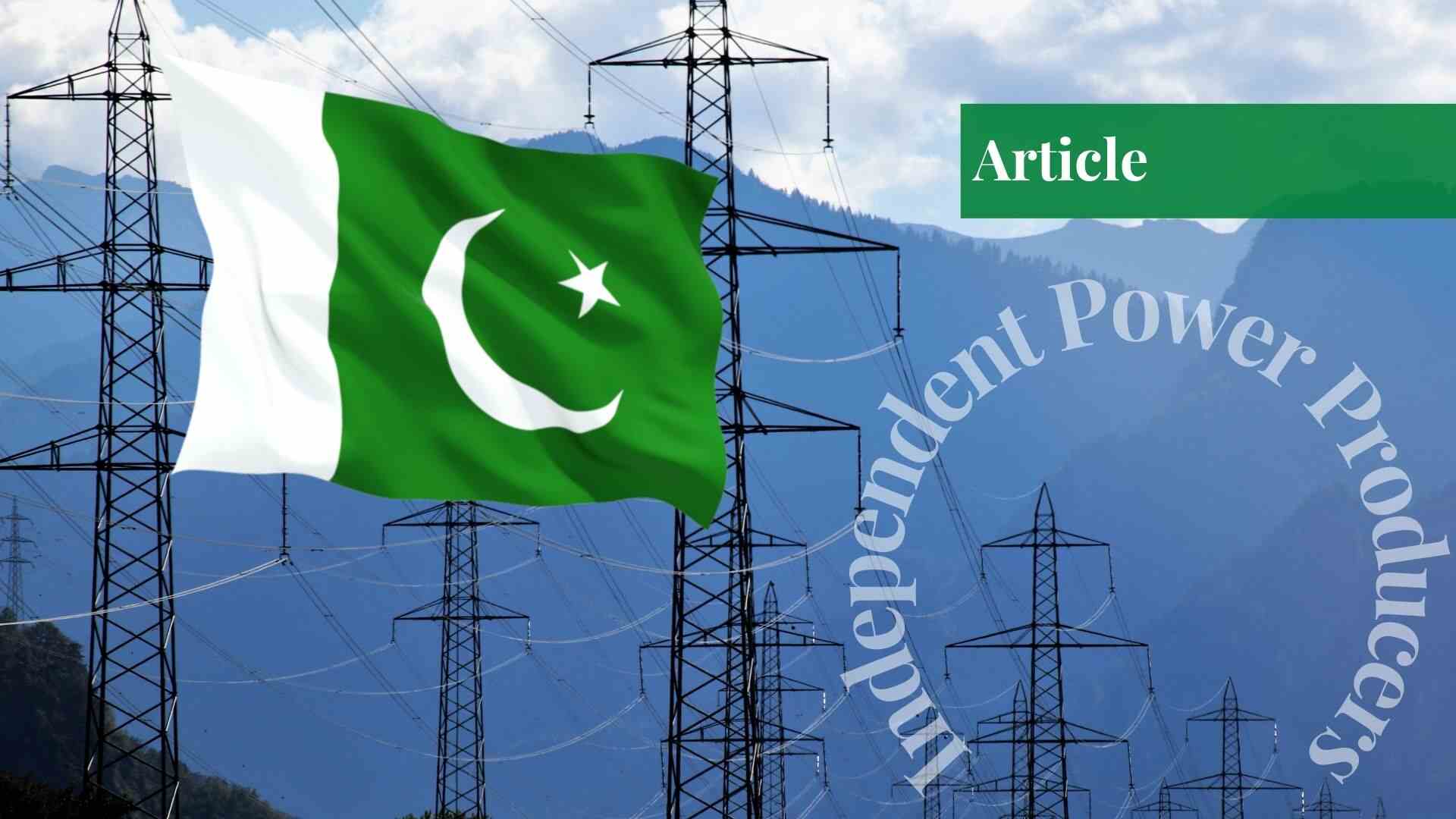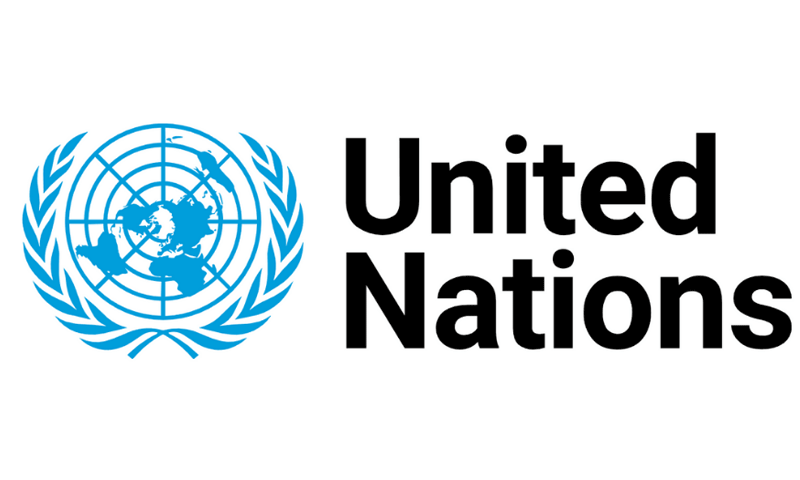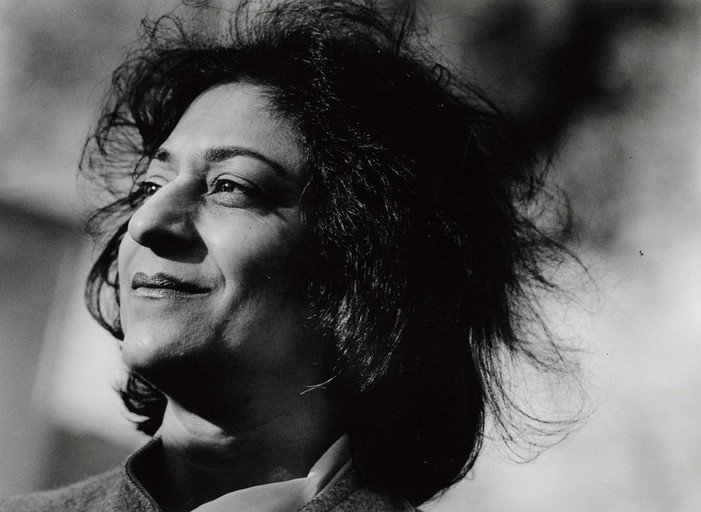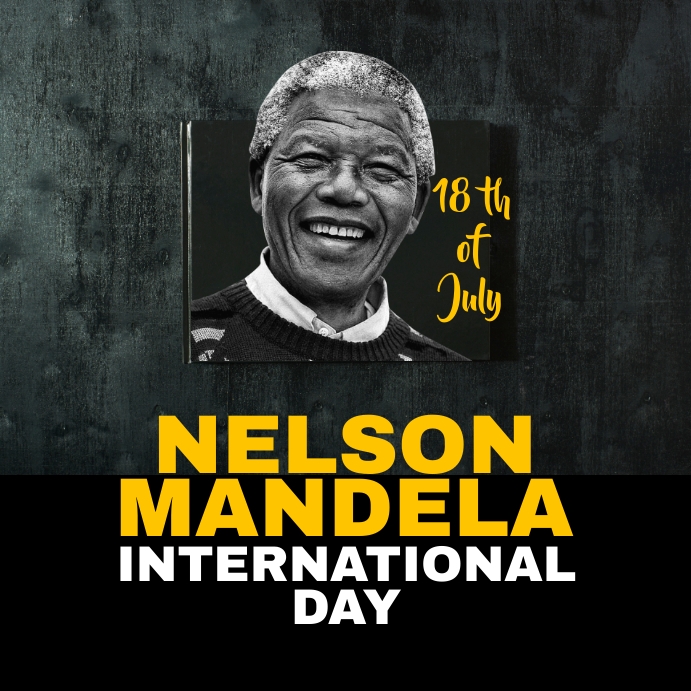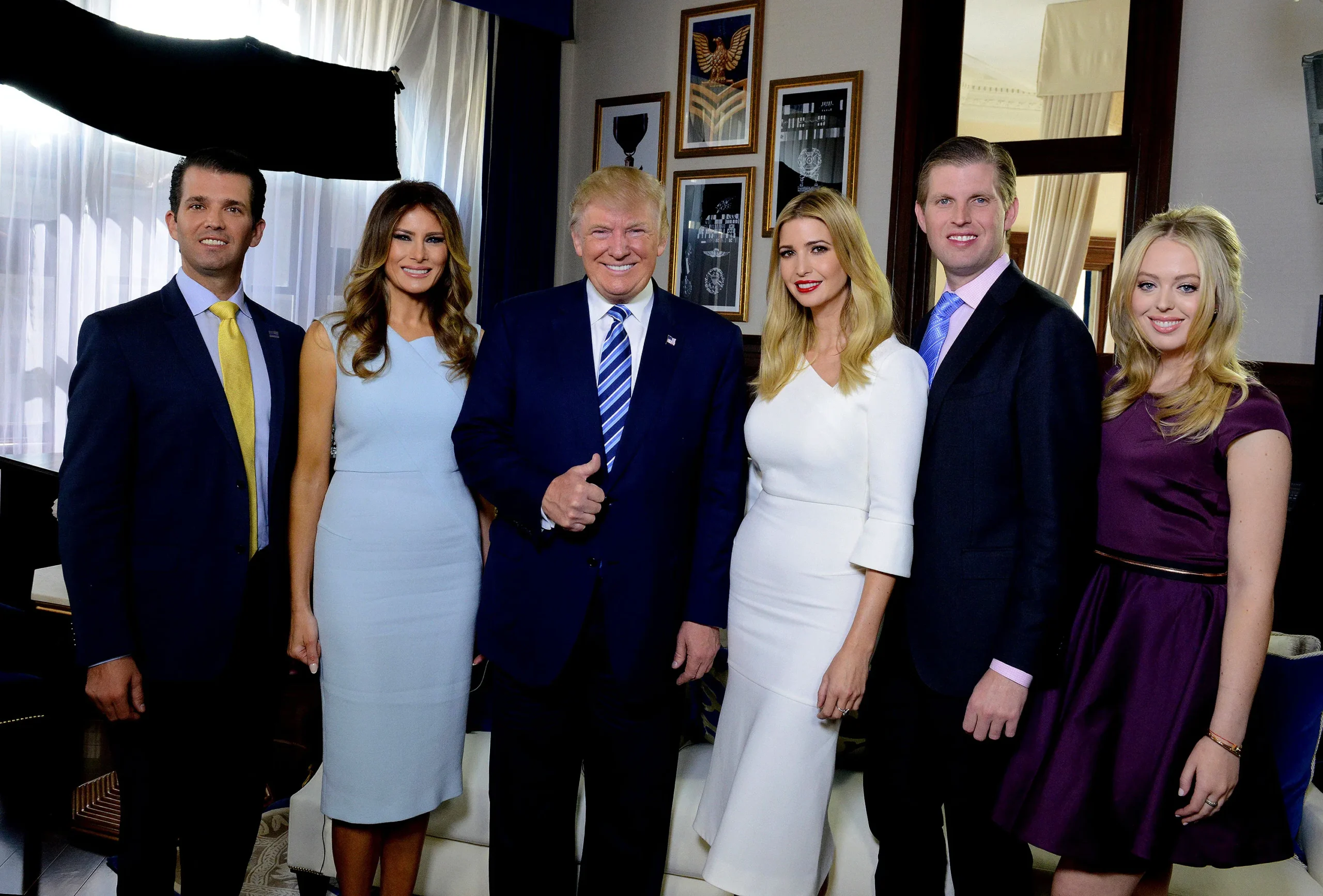Team Republic Policy
Punjab, the political behemoth of Pakistan, promises a thrilling electoral battleground in the upcoming elections. Understanding its unique dynamics is crucial to predicting the outcome. At its core lies a fascinating division of voting trends: 60% popular votes are driven by political parties through modern campaign strategies and public sentiment, and family loyalties, tribal affiliations, and local strongmen sway 40% traditional votes of total votes.
PMLN’s Strategic Advantage: The current picture might favour PMLN if PTI does not put in stronger candidates in solid panels. As far as PMLN is concerned, they’ve strategically awarded tickets to “strong electable candidates” in comprehensive panels, solidifying their hold on the traditional vote share. These candidates, with their established influence in specific communities, can secure victory through their inherent voter loyalty, regardless of campaign promises or current political trends. It is also pertinent to mention that the whole electoral system is supporting PMLN in Punjab. Therefore, they may have an advantage over political mechanizations and automation.
PTI’s Challenge: Breaking the Traditional Barrier: For PTI to become truly victorious, they must crack the code of traditional voting. Merely relying on their stronghold in popular votes won’t suffice. They need to find candidates who bridge the gap, those with deep roots in local communities and the respect of influential families. The example of Attock illustrates this perfectly. If PTI can field Tahir Sadiq and his daughter, they tap into both his proven electability and the traditional ties their family holds, creating an almost unbeatable combination.
Battleground Seats and Panel Warfare: In constituencies where traditional votes are evenly split between PTI and PMLN, the popular vote will become the decisive factor. This is where modern campaigns, grassroots outreach, and effective messaging will play a crucial role. It’s likely these seats will witness the fiercest battles, with both parties pulling out all the stops to sway the public. In this scenario, PTI will have an edge over PMLN in the constituencies in Punjab, which are mostly a combination of popular and traditional votes.
The Stakes: Beyond Punjab’s Borders: The outcome in Punjab won’t just determine the province’s future but will have significant national repercussions. A strong showing for either party could swing the national vote dramatically. PMLN, aiming to consolidate its hold on power, seeks to solidify its traditional vote bank in Punjab while maintaining its appeal in rural centres. PTI, hungry for a comeback, needs to bridge the gap between its urban popularity and rural strongholds, making inroads into PMLN’s traditional vote share in Punjab a cornerstone of its strategy.
The upcoming elections in Punjab promise a complex and captivating contest. It’s a clash of traditional loyalties and modern campaign tactics, where every seat, every panel, and every vote will be fiercely contested. The parties that understand the intricate dynamics of this diverse electorate and effectively woo both popular and traditional voters will emerge victorious in this defining battleground.
Critical Evaluation:
Punjab, the beating heart of Pakistan’s political landscape, promises a captivating electoral battleground in the upcoming elections. Understanding its unique voting dynamics is key to predicting the outcome. This analysis delves into the fascinating interplay between popularity and tradition that defines Punjab’s voters.
60% Popular Votes: Modern Campaigns and Public Sentiment
This segment of the electorate is swayed by modern campaign strategies, charismatic personalities, and promises that resonate with current public sentiment. Political parties utilize sophisticated digital campaigns, targeted messaging, and grassroots outreach to woo these voters. PTI’s urban popularity and PMLN’s recent efforts in social welfare programs are examples of how parties aim to capture this vote share.
40% Traditional Votes: Family, Tribe, and Local Strongmen
This segment is deeply rooted in family loyalties, tribal affiliations, and the influence of local strongmen. These ties often transcend political platforms and campaign promises. PMLN’s strategic award of tickets to established electables with strong community connections exemplifies how parties attempt to solidify their hold on this vote share.
PMLN’s Strategic Edge: Electables and System Favoritism?
PMLN’s focus on “strong electables” in comprehensive panels demonstrates a calculated approach to secure the traditional vote. These candidates, with their established networks and inherent voter loyalty, offer a significant advantage, especially in constituencies where family and tribal ties hold sway. However, the claim of the entire electoral system favoring PMLN requires careful scrutiny. Allegations of rigging and pre-poll manipulation need to be investigated to ensure a level playing field.
PTI’s Challenge: Bridging the Traditional Gap
PTI’s urban stronghold in the popular vote isn’t enough for a decisive victory. They must break the traditional vote barrier by fielding candidates who bridge the gap between modern appeal and community ties. The example of Tahir Sadiq and his daughter in Attock showcases how finding candidates with both electability and traditional connections can be a winning strategy.
Battleground Seats: Where Popularity and Tradition Collide
In constituencies where traditional votes are evenly split, the popular vote will become the decisive factor. This is where modern campaigns, effective messaging, and grassroots mobilization will play a crucial role. PTI’s youthful appeal and PMLN’s emphasis on social programs might hold sway here.
Beyond Punjab’s Borders: National Implications
Punjab’s outcome will have significant national repercussions. A strong showing for either party could swing the national vote dramatically. PMLN seeks to solidify its power base, while PTI aims to bridge the urban-rural divide. This election will be a test of their national strategies and their ability to mobilize both traditional and popular support.
Conclusion: A Complex and Captivating Contest
Punjab’s elections promise a thrilling battleground where traditional loyalties clash with modern campaign tactics. The parties that understand the intricate dynamics of this diverse electorate and effectively woo both popular and traditional voters will emerge victorious. This analysis provides a framework for understanding the key factors at play, but further research and critical evaluation are needed to fully predict the outcome of this captivating contest.
Additional Considerations:
- The role of smaller parties and independent candidates in influencing the outcome, particularly in battleground seats.
- The impact of external factors like the economy, security situation, and foreign policy on voter behavior.
- The potential long-term implications of the election beyond the immediate political landscape, including social and economic trends.
By dissecting deeper into these aspects, we can gain a more nuanced and comprehensive understanding of the upcoming electoral battleground in Punjab.
Republic Policy is Think Tank and has the capacity to develop election campaigns for interested candidates.
Please, subscribe to the YouTube channel of republicpolicy.com






































